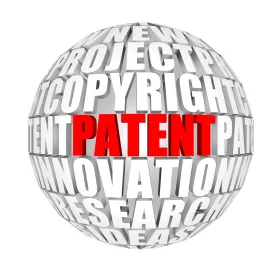The Federal Circuit overturned a District Court ruling that a patent directed to automated lip synchronization and manipulation of animated characters’ facial expressions was invalid under Section 101 as being an abstract idea. The patent disclosed that this automation is accomplished through rules that aim to produce more realistic speech by taking into consideration the differences in mouth positions for similar phonemes based on context.
The Federal Circuit noted that the District Court concluded the claims were too broadly preemptive to satisfy § 101. In the District Court’s view, because the claims were not limited to “specific” rules, but rather purport to cover all such rules, the claims merely call for application of the abstract idea of using rules. The District Court found that, “while the patents do not preempt the field of automatic lip synchronization for computer generated 3D animation, they do preempt the field of such lip synchronization using a rules-based morph target approach.” The District Court concluded that the claims were unpatentable because “the novel portions of [the] invention are claimed too broadly.”
The Federal Circuit disagreed that the claims were drawn to an abstract idea, finding that the claims were limited to rules with specific characteristics and further require applying a set of rules to each sub-sequence of timed phonemes. The Federal Circuit stressed that whether at step one or step two of the Alice test, in determining the patentability of a method, a court must look to the claims as an ordered combination, without ignoring the requirements of the individual steps. It added that the specific, claimed features of these rules allow for the improvement realized by the invention.
In so doing, the Federal Circuit rejected Defendants’ argument that the claims are abstract because they do not claim “specific” rules and that the claims simply use a computer as a tool to automate conventional activity. Rather, the Federal Circuit found that it was the incorporation of the claimed rules, not the use of the computer, that improved the existing technological process. The Federal Circuit distinguished this case from Flook, Bilski, and Alice, reasoning that in those cases, the claimed computer-automated process was carried out in the same way as the prior art.
As in this case, it has become common for defendants to file a motion for judgment on the pleadings that the asserted claims are directed to patent ineligible subject matter under § 101. Many of these motions have been granted. While this likely will continue to be a common defense tactic, it is also likely that in light of this decision, fewer of those motions may be granted. This decision and others like it also provide guidance to practitioners and applicants regarding what is – or more precisely, what is not – considered to be abstract ideas.




 />i
/>i

